The Complete Guide to House Colors: Transform Your Home in 2025
Table of Contents
Choosing the perfect house colors can transform your living space from ordinary to extraordinary. Whether you’re planning a complete home renovation or just renovating a single room, the right paint colors and finishes enhance your home’s beauty, increase its value, and create the perfect atmosphere for every space. In this comprehensive guide, we’ll explore everything from trending color palettes and paint finishes to budget-friendly tips and professional techniques that will help you achieve stunning results.
From understanding color psychology to mastering DIY painting techniques, this article covers all the essential information you need to make informed decisions about your home’s color scheme. We’ll delve into room-specific recommendations, cost-effective strategies, and maintenance tips that will keep your walls looking stylish for years to come.
Types of Paint Finishes
Understanding different paint finishes is crucial to achieving the desired look and durability for your home’s colors. Each finish has unique characteristics that can significantly impact appearance and performance. The matte finish provides a sleek, non-reflective surface, ideal for concealing wall imperfections. This paint is ideally suited for bedrooms and living rooms, which create a warm, intimate atmosphere. However, matte paint can be difficult to clean and may not withstand frequent use in high-traffic areas.
The eggshell finish provides a subtle sheen that is more durable than matte, while maintaining a smooth appearance. This versatile option is suitable for dining rooms, hallways, and adult bedrooms. It is easier to clean than matte, yet is still forgiving enough to conceal minor wall imperfections.
The satin finish provides a subtle sheen that reflects light beautifully, with excellent durability. This paint is ideal for kitchens, bathrooms, and children’s rooms that require frequent cleaning. Satin paint strikes the perfect balance between aesthetics and practicality.

The semi-gloss finish provides a noticeable shine and superior durability, making it ideal for trim, doors, and cabinetry. This paint is easy to wash and moisture-resistant, making it ideal for areas prone to water spots and fingerprints.
Gloss paint offers the highest shine and maximum durability. While it’s easy to clean and highly resistant to abrasion, it also highlights any surface imperfections. Reserve gloss paint for furniture, doors, and trim where you want maximum protection and easy maintenance.
Best Paint Colors for Every Room
Choosing the right home colors for each room requires an understanding of how color affects mood, lighting, and function. Each space in your home has a unique purpose and benefits from specific color considerations.
Bedroom colors should promote relaxation and restful sleep. Calming blues, soothing greens, and warm neutrals like beige and cream create a calming atmosphere. According to color psychology research, blues can lower heart rate and blood pressure, making them ideal for sleeping spaces. Avoid overly stimulating colors like bright red or orange in bedrooms, as they can affect sleep quality.
Kitchen colors should balance energy and function. White remains the most popular color choice because it creates a sense of cleanliness and spaciousness and fits in with any decor style. Light grays, soft yellows, and gray-greens are also excellent choices for a fresh and welcoming feel. Consider how your colors will look under both natural and artificial lighting, as kitchens require good visibility for food preparation.
Bathroom colors should withstand humidity while creating a spa-like atmosphere. Light, fresh colors, such as soft blues, pale greens, and crisp whites, add a sense of spaciousness to small bathrooms. These colors complement most fixture finishes and create a timeless look. For bathrooms, you can choose darker or bolder colors, given the short-term use of these spaces.
Living room colors should reflect your personal style while creating a welcoming environment for family and guests. Neutral shades of gray, beige, and ivory offer versatility and longevity. These colors make excellent backdrops for colorful furniture, artwork, and accessories that can be easily changed with fashion trends or seasons.
Paint Color Coordinations and Coordination
Choosing harmonious colors for your home requires understanding how different colors work together. Common color coordinators will help you choose the right colors, ensuring they blend seamlessly across rooms.
Neutral color palettes remain the most versatile and timeless choice for modern homes. Combinations of warm white, soft gray, and beige shades create sophisticated backdrops that suit any decor style. These combinations are particularly popular in the United States, where 67% of homeowners prefer neutral color schemes for their main living rooms.
Bold color schemes are gaining popularity among younger homeowners who want to design feature walls or create eye-catching focal points. Deep navy blues paired with crisp white, or rich emerald greens with gold accents, can create a stunning visual impact when used intelligently.
Pastel palettes offer a modern and refreshing approach to home color. Soft pinks paired with light grays, or pale yellows paired with creams, create spaces that are both cheerful and sophisticated. These combinations are particularly suited to European design trends, which favor subtle color contrasts over stark contrasts.
Seasonal Color Suggestions help you choose color combinations that are appropriate for all seasons. Spring-inspired greens and blues bring a fresh, invigorating feeling, while autumn-inspired warm browns and deep oranges bring a sense of comfort and warmth to your spaces. Consider your local climate and natural light when choosing seasonal colors.
DIY Painting Tips

Achieving professional results with your home’s colors requires careful preparation, high-quality tools, and proven techniques. Following these guidelines will help you avoid common mistakes and achieve beautiful, long-lasting finishes.
Essential Tools include high-quality brushes for trimming edges, rollers with a nap length appropriate for your wall texture, painter’s tape for clean lines, drop cloths to protect floors, and a sturdy ladder to reach high areas. Investing in quality tools makes a huge difference in both the painting process and the final results.
Preparation Steps are essential for success. Clean walls thoroughly to remove dirt, grease, and stains. Fill holes and cracks with putty compound, then sand thoroughly after they dry. Apply a primer to new drywall, significantly discolored, or stained surfaces. Remove or cover furniture, then apply painter’s tape to protect trim, electrical outlets, and fixtures.
Professional painting techniques improve the quality of your DIY project. Use the “cut and roll” method, where you use a brush to paint a 2-3-inch border around the edges, then immediately roll the adjacent wall area while the paint is still wet. This technique prevents brush marks and ensures even coverage.
Common mistakes to avoid include skipping a primer when needed, using poor-quality paint to save money, speeding up the drying process between coats, and removing painter’s tape after the paint has completely dried. These mistakes can result in poor color coverage, brush marks, and paint damage upon removal.
Detailed Cost and Budget Tips
Understanding the financial cost of your home paint project helps you plan effectively and find opportunities to save money without compromising quality.
Cost estimates vary per room based on space, paint quality, and labor requirements. A standard 12×12 square meter bedroom typically requires between $50 and $100 for paint and supplies for a DIY project. Larger spaces, such as living rooms, can cost between $100 and $200, while kitchens and bathrooms often require specialty paints, increasing the cost to $75-$150 per room.
Money-saving strategies can significantly reduce your paint budget. Buy paint during sales periods, which often occur in the spring and fall. Buy larger quantities whenever possible, as gallon containers offer better value than quart containers. Consider using a combination of paint and primer to reduce the number of coats required.
Paint recycling and eco-friendly options benefit your budget and the environment. Many paint stores accept returns of unused paint for recycling or resale at reduced prices. Low- and no-VOC paints are becoming more competitively priced compared to traditional formulations, while providing better indoor air quality.
Professional vs. DIY costs should be carefully compared. Although hiring professionals can be two to three times more expensive than home repairs, they offer expertise, insurance coverage, and time savings. Consider hiring professionals for complex projects involving high ceilings, extensive prep work, or special finishes.
Paint Trends and Inspiration
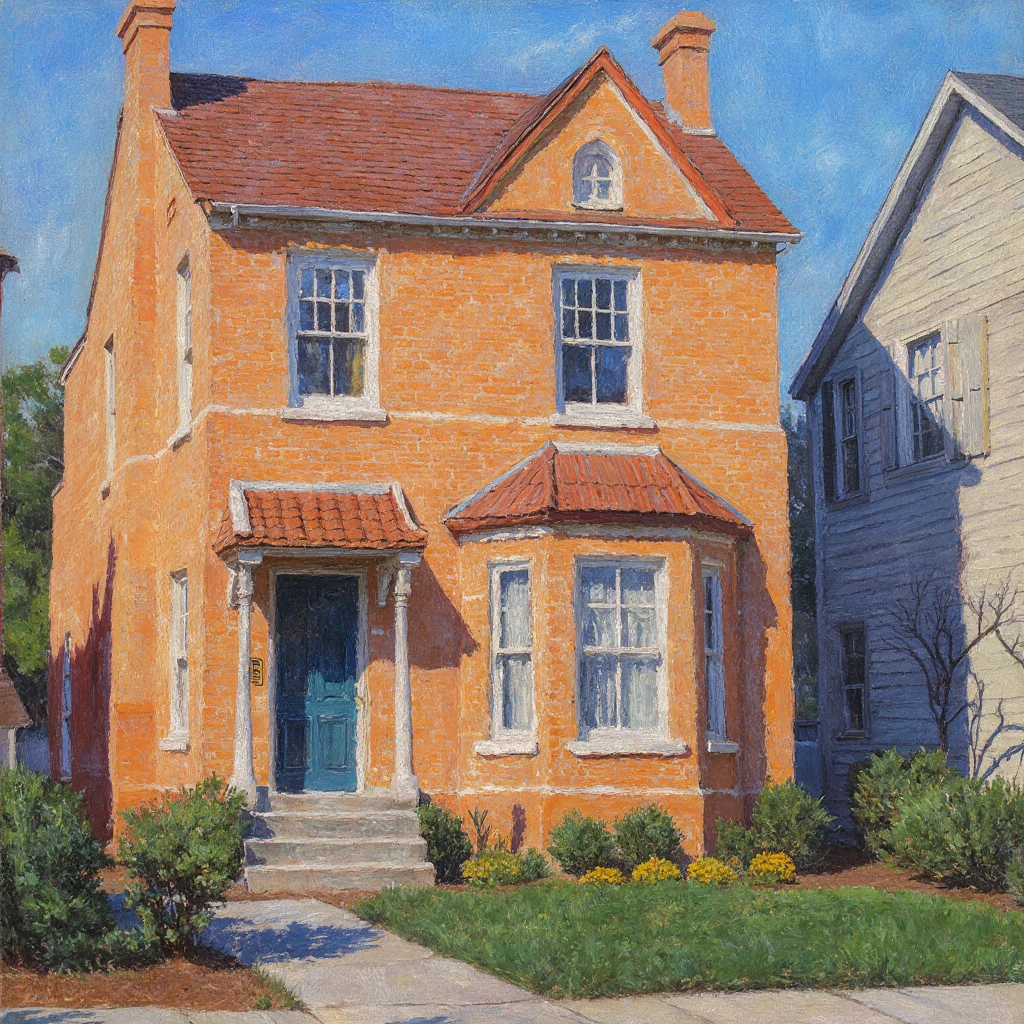
Keeping up with the latest home color trends ensures a fresh and modern home while maintaining timeless appeal.
2025 Color Trends emphasize a connection to nature and personal well-being. Warm earth tones like terracotta and clay are gaining popularity, along with sophisticated greens that bring a sense of calm to the outdoors. The digital lime green and cyber green colors represent technology-inspired shades that appeal to young people.
Sustainable paint options are becoming more popular with growing environmental awareness. Plant-based paints, recycled material formulations, and locally sourced pigments offer eco-friendly alternatives without compromising performance or color selection.
Influencer and designer surveys reveal that 73% of interior designers recommend starting with one main color and building a color palette around it. Social media platforms show a growing interest in bold feature walls (up 45% in 2024) and two-tone color schemes that add interest without overwhelming spaces.
Regional preferences significantly influence color trends. Coastal areas favor blues and whites, mountainous areas favor earthy tones and forest greens, and urban areas favor sleek grays and bold accent colors.
Common Home Painting Mistakes
Avoiding these common mistakes will help ensure your home color project achieves professional results.
Color selection mistakes often occur when homeowners choose colors based solely on small paint cracks. Always test colors on large sample areas and observe them under different lighting conditions throughout the day. Colors can vary significantly under artificial lighting compared to natural light.
Surface preparation errors lead to poor paint adhesion and premature deterioration. Failure to clean surfaces, skipping a primer on raw wood, drastic color changes, and not addressing wall damage before painting are common mistakes that negatively impact results.
Application problems include overloading brushes or rollers, working in too large sections, and not maintaining a wet edge while painting. These problems result in overlap marks, visible lines, and uneven color coverage, which spoils the overall appearance.
Timing and environmental factors significantly affect paint performance. Painting in high temperatures, high humidity, or direct sunlight can cause poor adhesion, prolonged drying time, and brush marks. Plan painting projects in mild weather with moderate humidity levels.
How to Maintain Painted Walls
Regular maintenance prolongs the life of your home’s colors and keeps walls looking fresh between major repainting projects.
Your regular cleaning routines should match your home’s paint finish. Matte paints require gentle cleaning with a soft cloth and mild soap solutions, while semi-gloss and glossy finishes withstand more effective cleaning methods. Clean walls monthly and treat stains immediately to prevent permanent damage.
Touch-up strategies help address minor damage before it becomes noticeable. Keep any remaining paint in its designated place for touch-ups and thoroughly clean damaged areas before applying new paint. Carefully clean the edges of touch-up areas to blend seamlessly with the existing paint.
Preventing color fading involves protecting walls from direct sunlight, which can cause uneven color changes over time. Use window shades to filter out UV rays, and rotate artwork and furniture periodically to ensure consistent exposure patterns.
Long-term care products include wall cleaners specifically designed for painted surfaces, protective coatings for areas prone to wear, and color-coordinated sealants to maintain clean lines around trim and fixtures.
The Bottom Line
Choosing the right home colors transforms your living space into a reflection of your personal style, while enhancing your comfort and property value. From understanding paint finishes and color psychology to mastering DIY techniques and maintenance strategies, this comprehensive guide provides the knowledge needed for successful painting projects.
Remember, great results come from careful planning, quality materials, and attention to detail. Whether you’re creating a calming retreat in your bedroom with soft blues or a vibrant kitchen with warm whites, the right colors significantly impact your home experience.
Investing in high-quality paint and proper application techniques pays off in durability, appearance, and satisfaction. Take the time to test colors, prepare surfaces properly, and follow proven application methods to achieve results you’ll love for years to come.
Try these paint ideas in your next home renovation and let us know in the comments how you did. Sign up for more home decor guides and stay up-to-date on the latest color trends and painting techniques!
Best Amazon Picks :
FAQs
What is the best paint for bathrooms?
Semi-gloss or satin-finish paints are best for bathrooms because they are moisture-resistant and easy to clean. Look for paints labeled “bathroom paint” or “moisture-resistant” for the best performance. These formulas contain mold-resistant additives, which help prevent mold growth in humid conditions.
How long should paint dry before applying another coat?
Most latex paints require two to four hours between coats, while oil-based paints require six to eight hours. However, humidity, temperature, and paint thickness affect drying time. Always check the manufacturer’s recommendations and ensure the first coat is completely dry before applying the second.
How do I choose a color that matches my furniture?
Start by identifying the underlying colors in your existing furniture—whether they are warm (yellow, red, orange) or cool (blue, green, purple). Choose paint colors with similar underlying colors to achieve harmony, or create contrast by using opposite underlying colors. Test paint samples next to your furniture in different lighting conditions.
Can I paint dark walls without a primer?
While a high-quality paint with a built-in primer can cover dark colors in two coats, using a separate primer designed to change colors from dark to light ensures better coverage and color accuracy. This approach typically requires fewer topcoats and produces more noticeable results, especially when switching to lighter colors.
What’s the most cost-effective way to change room colors frequently?
Use removable wallpaper, wall decals, or focus on accent walls instead of painting entire rooms. Alternatively, choose neutral base colors for your walls and add color through easily changeable elements, such as pillows, curtains, artwork, and accessories. This approach allows for seasonal or style updates without the need for major painting projects.

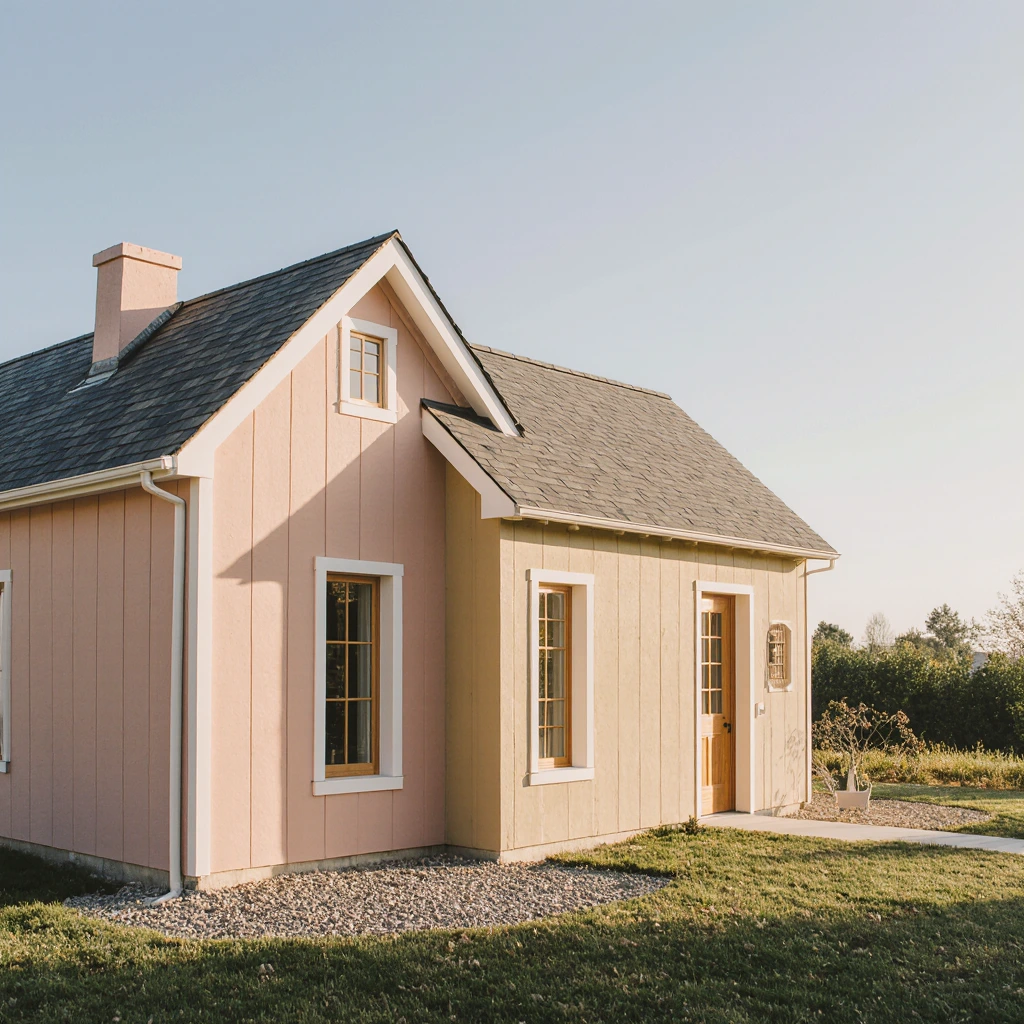
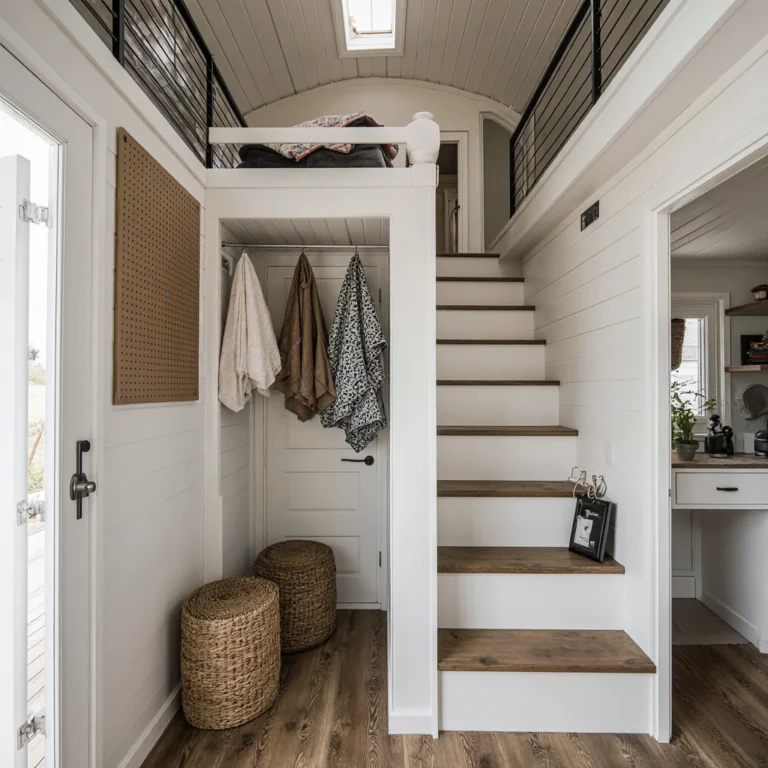
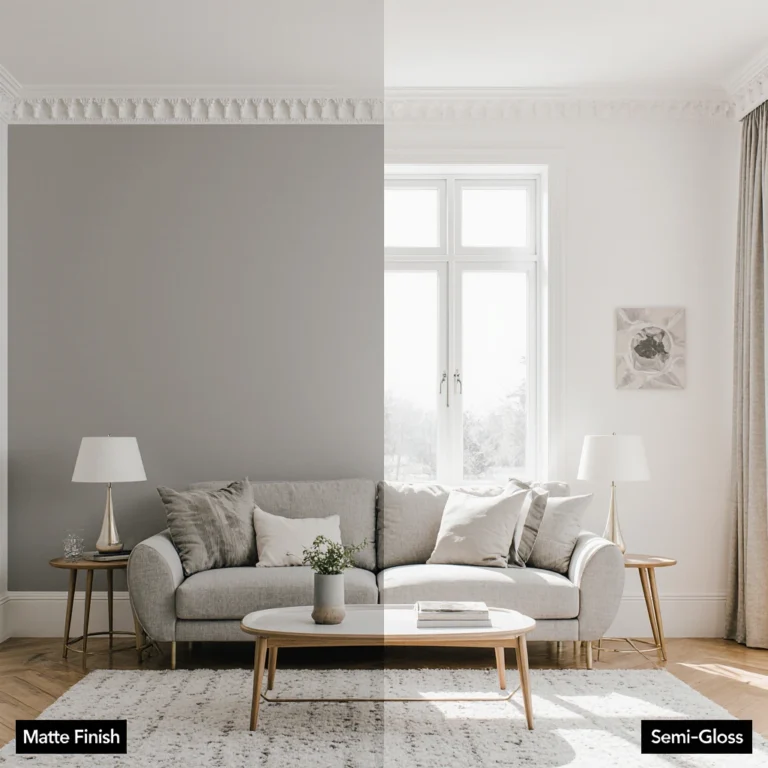
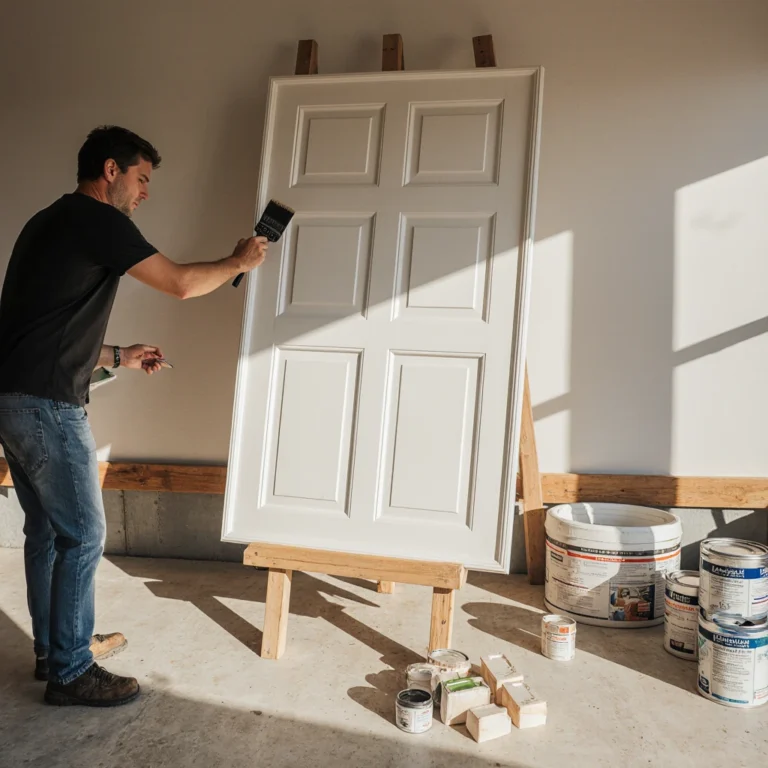
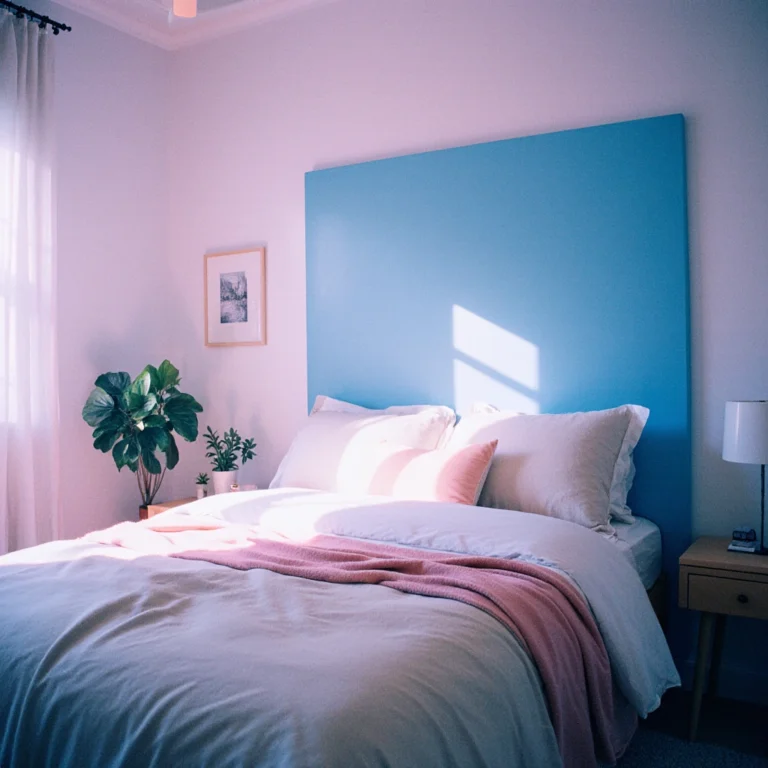
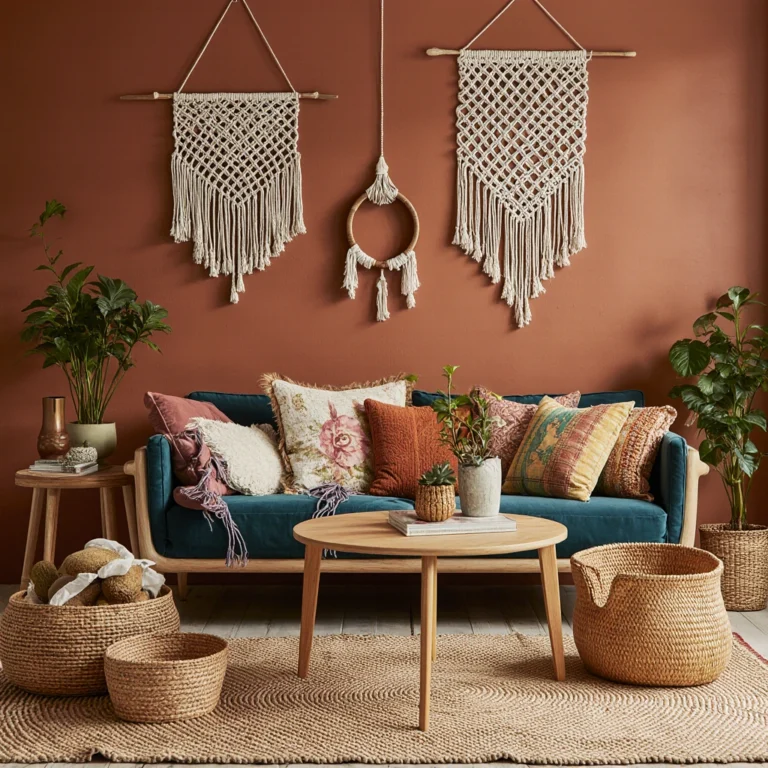
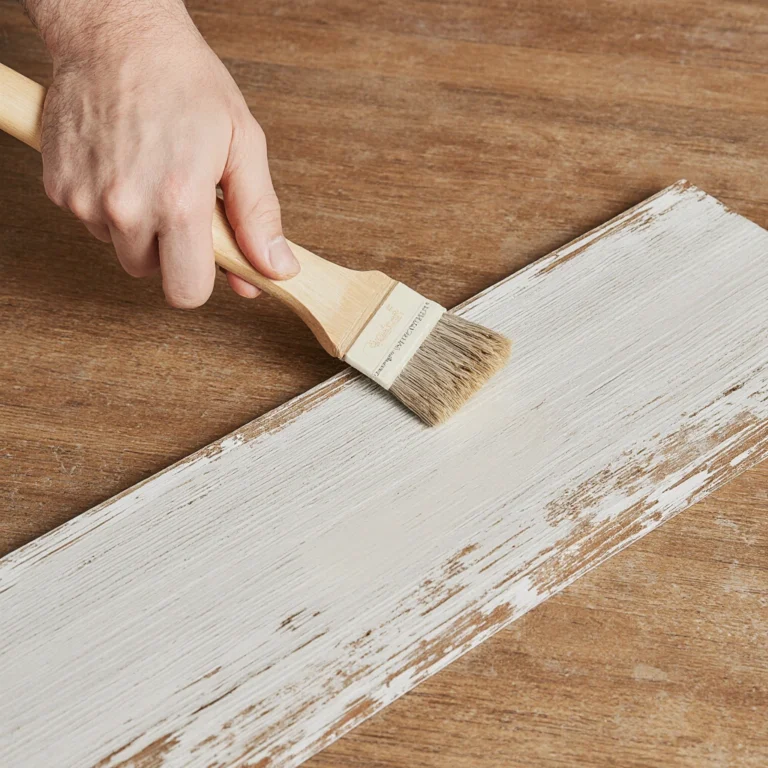
2 Comments
Comments are closed.